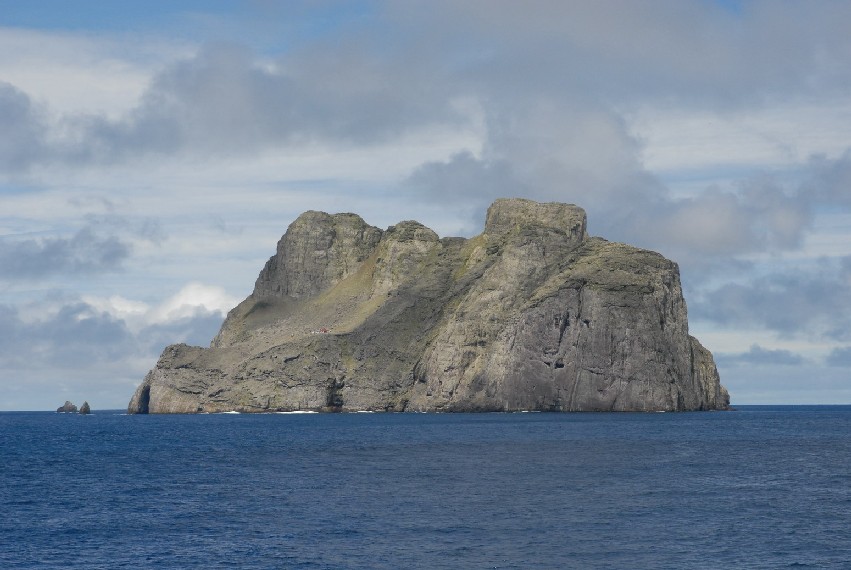If the game show Family Feud asked contestants which species of wild animals Americans most loved and hated, I’m sure that the giant panda and sharks would make the list. Fortunately, they both made a much more important list on this date in 2006—the list of World Heritage Sites.

UNESCO (the United Nations Educational, Scientific and Cultural Organization; learn more about UNESCO here) maintains a list of unique areas around the world that should be preserved for their cultural or natural heritage. About half those sites are recognized for their natural features. Each year, UNESCO reviews and makes changes to the list. At the 2006 meeting, on July 16, only two sites were added to the list, both for their natural heritage—the Malpelo Fauna and Flora Sanctuary in Colombia and the Sichuan Giant Panda Sanctuaries in China.
The Malpelo Sanctuary is a small island (about 800 acres) about 300 miles off the coast of Colombia. The land area is important, but the surrounding marine reserve is massive, covering nearly 2 million acres. This “marine wilderness” is remote and largely unaffected by human modification. The water is deep, with rugged underwater canyons, cliffs, walls and other features. Several currents converge there, funneling richly nutritious water into the area. Consequently, the density and diversity of marine organisms is exceptional, especially for shark species and other top predators. The sanctuary is also home to 17 marine mammals, 7 marine reptiles, nearly 400 fish species and more than 300 mollusks.

UNESCO also added the Sichuan Giant Panda Sanctuaries in 2006. These sanctuaries provide the largest contiguous area of giant panda habitat remaining in China (which also means in the world). Giant pandas once lived over a much larger portion of China, but now are restricted to a series of mountain ranges in the southwestern province of Sichuan. The sanctuaries, which encompass a number of separate nature reserves and parks, cover about 2 million acres and another 1.2 million acres of buffer zones.
The sanctuaries are home to 30% of all giant pandas living in the wild (the total is getting close to 2,000 individuals). The ecosystem is described as a relict of tropical forests that existed millions of years ago during the Tertiary. It has exceptionally high plant diversity for a temperate region, with nearly 6,000 described species. Hundreds of traditional Chinese medicinal plants grow there, making the sanctuaries especially important as a refuge from overharvest. The diverse flora supports a similarly diverse fauna. Over 100 mammal species live there (20% of all Chinese mammals), including the red panda, snow leopard and clouded leopard. Bird species number over 300, including many endemic species.

The Chinese government’s efforts to conserve the giant panda have worked well. These large sanctuaries have been accompanied by reforestation of buffer zones and establishment of travel corridors between preserves, extending the available habitat for wild giant pandas. Captive breeding at several research centers has produced hundreds of young available for re-introduction into natural habitats. The success is real: In the 1980s, IUCN assessed the giant panda as rare; in the 1990s, its status was upgraded to endangered; and in 2016, its status was upgraded again, to vulnerable.
References:
IUCN. Red list – Giant Panda, Ailuropoda melanolecua. Available at: https://www.iucnredlist.org/species/712/121745669#assessment-information. Accessed March 27, 2020.
UNESCO World Heritage Centre. Malpelo Fauna and Flora Sanctuary. Available at: https://whc.unesco.org/en/list/1216/. Accessed March 27, 2020.
UNESCO World Heritage Centre. Sichuan Giant Panda Sanctuaries—Wolong, Mt Siguniang and Jiajin Mountains. Available at: https://whc.unesco.org/en/list/1213/. Accessed March 27, 2020.
